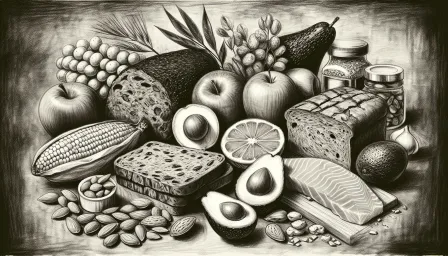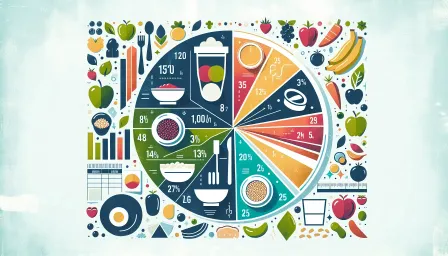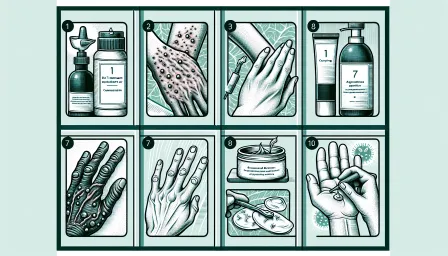How to Lose Fat Without Losing Muscle: Proven Strategies

Discover proven strategies on how to lose fat without losing muscle. Learn effective tips for diet, exercise, and recovery to maintain muscle mass while shedding excess fat.
Losing fat while maintaining muscle mass can be a challenging endeavor, requiring a well-balanced approach to diet, exercise, and recovery. This article provides comprehensive, evidence-based strategies to help you achieve fat loss without sacrificing hard-earned muscle mass. By focusing on the right methods, you can effectively shed fat and maintain muscle, ensuring optimal body composition and overall health.
Understanding the Basics: Caloric Deficit and Macronutrients
To lose fat without losing muscle, it is crucial to create a caloric deficit, which means consuming fewer calories than your body burns. However, it is essential to do this in a way that supports muscle retention:
Calculate Your Caloric Needs
Begin by determining your Basal Metabolic Rate (BMR) and Total Daily Energy Expenditure (TDEE). These calculations will help you understand your daily caloric requirements and how many calories you need to consume to achieve a deficit while supporting muscle maintenance.
Optimize Macronutrient Ratios
Focusing on the right balance of protein, carbohydrates, and fats is essential for muscle preservation:
- Protein: Consume sufficient protein to support muscle repair and growth. Aim for 1.2 to 2.2 grams of protein per kilogram of body weight daily.
- Carbohydrates: Carbohydrates provide the energy needed for workouts. Include complex carbs like whole grains, fruits, and vegetables in your diet.
- Fats: Healthy fats are essential for hormone production and overall health. Incorporate sources like avocados, nuts, seeds, and fatty fish.
Effective Workout Strategies
Strength Training
Strength training is a key component of preserving muscle mass while losing fat. Engaging in resistance exercises helps stimulate muscle growth and maintenance. Incorporate compound movements such as squats, deadlifts, bench presses, and rows.
High-Intensity Interval Training (HIIT)
HIIT workouts involve short bursts of intense exercise followed by brief rest periods. This form of cardio is effective for burning fat while preserving muscle mass. Include HIIT sessions 2-3 times per week to complement your strength training regimen.
Steady-State Cardio
While HIIT is highly effective, combining it with moderate steady-state cardio can offer additional benefits. Activities like jogging, cycling, or swimming at a moderate intensity can help burn calories without excessively taxing muscle tissue.
Prioritizing Recovery and Sleep
Recovery and sleep are critical aspects of any fitness regimen, particularly when aiming to lose fat without losing muscle:
Importance of Sleep
Aim for 7-9 hours of quality sleep each night. Adequate sleep supports muscle recovery and optimal hormonal balance, which are crucial for fat loss and muscle maintenance.
Active Recovery
Incorporate active recovery days into your routine to allow muscles to repair. Activities such as light stretching, yoga, or a leisurely walk can aid in recovery without hindering progress.
Nutrition Tips for Fat Loss and Muscle Maintenance
Meal Timing and Frequency
While the overall caloric intake is crucial, meal timing can also play a role in muscle preservation. Distribute protein intake evenly across meals to support constant muscle protein synthesis.
Stay Hydrated
Proper hydration is vital for overall health, performance, and muscle maintenance. Aim to drink at least 8-10 glasses of water daily, or more if you are physically active.
Incorporate Supplements Wisely
While whole foods should be the foundation of your diet, certain supplements can support your goals:
- Whey Protein: Convenient source of high-quality protein.
- Branched-Chain Amino Acids (BCAAs): Can help reduce muscle breakdown.
- Creatine: Supports muscle energy and performance.
Monitoring Progress and Adjusting Strategies
Consistent monitoring and adjustments are vital to ensure you are on track:
Track Your Progress
Regularly track metrics such as body weight, body fat percentage, and muscle mass. Use tools like body composition scales or professional body scans.
Adjust Calories and Macros
Based on progress, you may need to adjust your caloric intake and macronutrient ratios. Ensure changes are gradual to avoid muscle loss.
Listen to Your Body
Pay attention to how your body responds to different strategies. If you experience fatigue, muscle loss, or poor performance, reassess your approach.
Conclusion
Successfully losing fat without losing muscle requires a balanced approach that includes proper nutrition, effective workouts, and adequate recovery. By following the strategies outlined in this article, you can achieve your fat loss goals while preserving muscle mass, leading to an improved body composition and better overall health. Consistency and patience are key, so stay committed to your plan and make adjustments as needed to ensure continued progress.



























